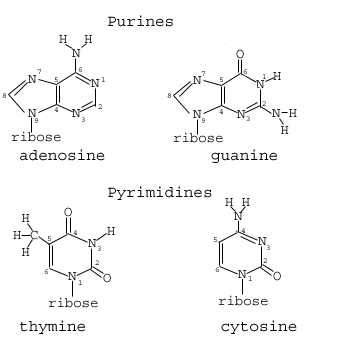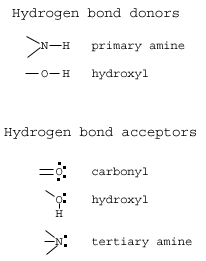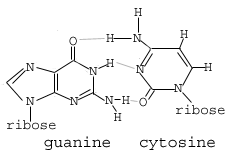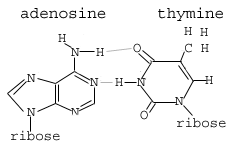Please wait while we process your payment
If you don't see it, please check your spam folder. Sometimes it can end up there.
If you don't see it, please check your spam folder. Sometimes it can end up there.
Please wait while we process your payment

By signing up you agree to our terms and privacy policy.
Don’t have an account? Subscribe now
Create Your Account
Sign up for your FREE 7-day trial
By signing up you agree to our terms and privacy policy.
Already have an account? Log in
Your Email
Choose Your Plan
Individual
Group Discount
Save over 50% with a SparkNotes PLUS Annual Plan!
 payment page
payment page
Purchasing SparkNotes PLUS for a group?
Get Annual Plans at a discount when you buy 2 or more!
Price
$24.99 $18.74 /subscription + tax
Subtotal $37.48 + tax
Save 25% on 2-49 accounts
Save 30% on 50-99 accounts
Want 100 or more? Contact us for a customized plan.
 payment page
payment page
Your Plan
Payment Details
Payment Summary
SparkNotes Plus
You'll be billed after your free trial ends.
7-Day Free Trial
Not Applicable
Renews July 8, 2025 July 1, 2025
Discounts (applied to next billing)
DUE NOW
US $0.00
SNPLUSROCKS20 | 20% Discount
This is not a valid promo code.
Discount Code (one code per order)
SparkNotes PLUS Annual Plan - Group Discount
Qty: 00
SparkNotes Plus subscription is $4.99/month or $24.99/year as selected above. The free trial period is the first 7 days of your subscription. TO CANCEL YOUR SUBSCRIPTION AND AVOID BEING CHARGED, YOU MUST CANCEL BEFORE THE END OF THE FREE TRIAL PERIOD. You may cancel your subscription on your Subscription and Billing page or contact Customer Support at custserv@bn.com. Your subscription will continue automatically once the free trial period is over. Free trial is available to new customers only.
Choose Your Plan
This site is protected by reCAPTCHA and the Google Privacy Policy and Terms of Service apply.
For the next 7 days, you'll have access to awesome PLUS stuff like AP English test prep, No Fear Shakespeare translations and audio, a note-taking tool, personalized dashboard, & much more!
You’ve successfully purchased a group discount. Your group members can use the joining link below to redeem their group membership. You'll also receive an email with the link.
Members will be prompted to log in or create an account to redeem their group membership.
Thanks for creating a SparkNotes account! Continue to start your free trial.
We're sorry, we could not create your account. SparkNotes PLUS is not available in your country. See what countries we’re in.
There was an error creating your account. Please check your payment details and try again.
Please wait while we process your payment

Your PLUS subscription has expired
Please wait while we process your payment
Please wait while we process your payment

Bases, Sugars, and Phosphates
Now that we've looked at the general structure of DNA, we should take a closer look at the structures that make up nucleotides.
The four nitrogen bases found in DNA are adenine, cytosine, guanine, and
thymine. Each of these bases are often abbreviated a single letter: A (adenine),
C (cytosine), G (guanine), T (thymine). The bases come in two categories:
thymine and cytosine are pyrimidines, while adenine and guanine are
purines ().

The nitrogen bases form the double-strand of DNA through weak hydrogen bonds. The nitrogen bases, however, have specific shapes and hydrogen bond properties so that guanine and cytosine only bond with each other, while adenine and thymine also bond exclusively. This pairing off of the nitrogen bases is called complementarity. In order for hydrogen bonding to occur at all, a hydrogen bond donor must have a complementary hydrogen bond acceptor in the base across from it. Common hydrogen bond donors include primary and secondary amine groups or hydroxyl groups. Common acceptor groups are carbonyls and tertiary amines ().

There are three hydrogen bonds in a G:C base pair. One hydrogen bond forms between the 6' hydrogen bond accepting carbonyl of the guanine and the 4' hydrogen bond accepting primary amine of the cytosine. The second between the 1' secondary amine on guanine and the 3' tertiary amine on cytosine. And the third between the 2' primary amine on guanine and the 2' carbonyl on cytosine ().

Between an A:T base pair, there are only two hydrogen bonds. One is found between the 6' primary amine of adenine and the 4' carbonyl of thymine. The other between the 1' tertiary amine of adenine and the 2' secondary amine of thymine ().

The deoxyribose sugar in DNA is a pentose, a five-carbon sugar. Four carbons and an oxygen make up the five-membered ring; the other carbon branches off the ring. Similar to the numbering of the purine and pyrimidine rings (seen in ), the carbon constituents of the sugar ring are numbered 1'-4' (pronounced "one-prime carbon"), starting with the carbon to the right of the oxygen going clockwise (). The fifth carbon (5') branches from the 4' carbon.
Please wait while we process your payment

